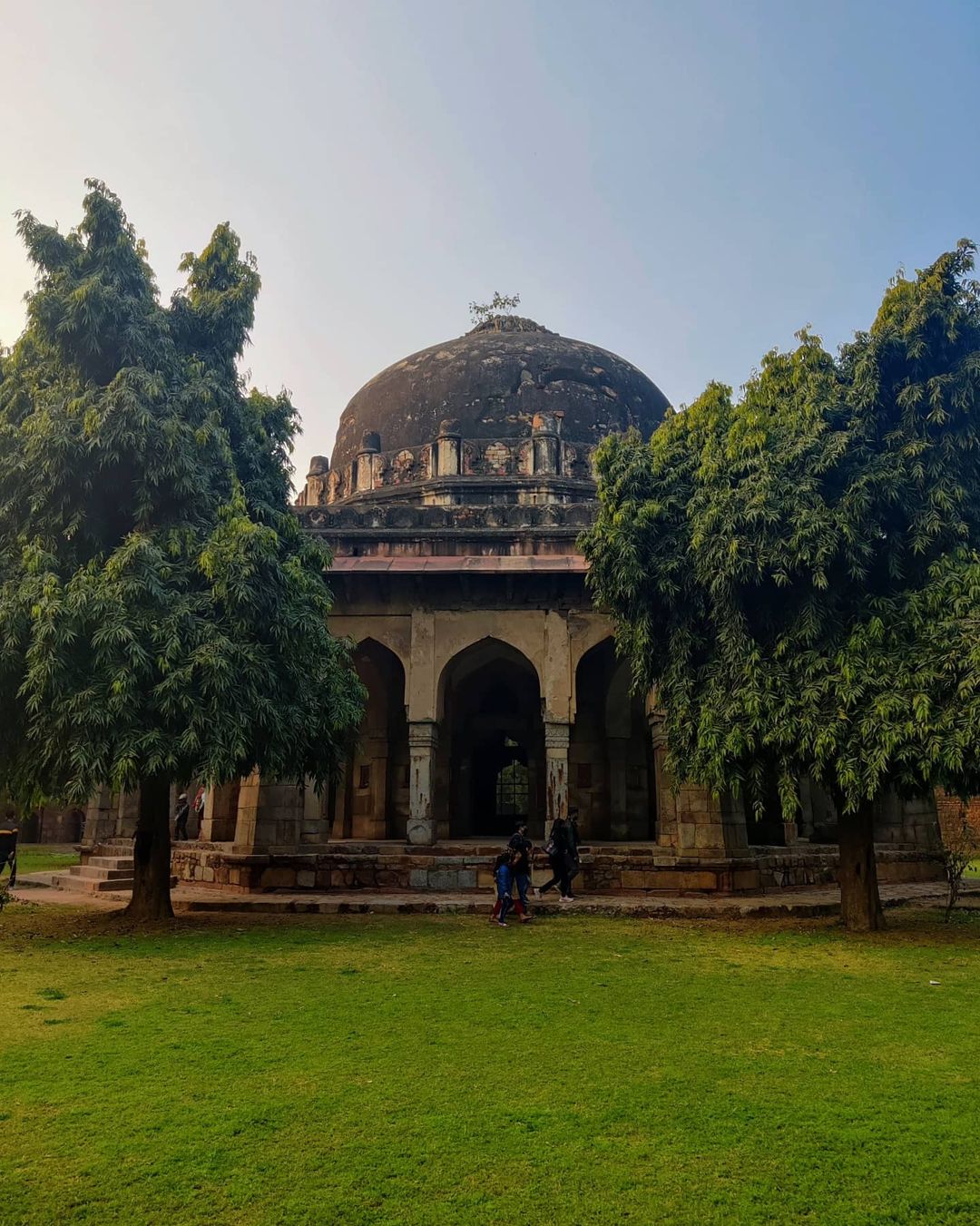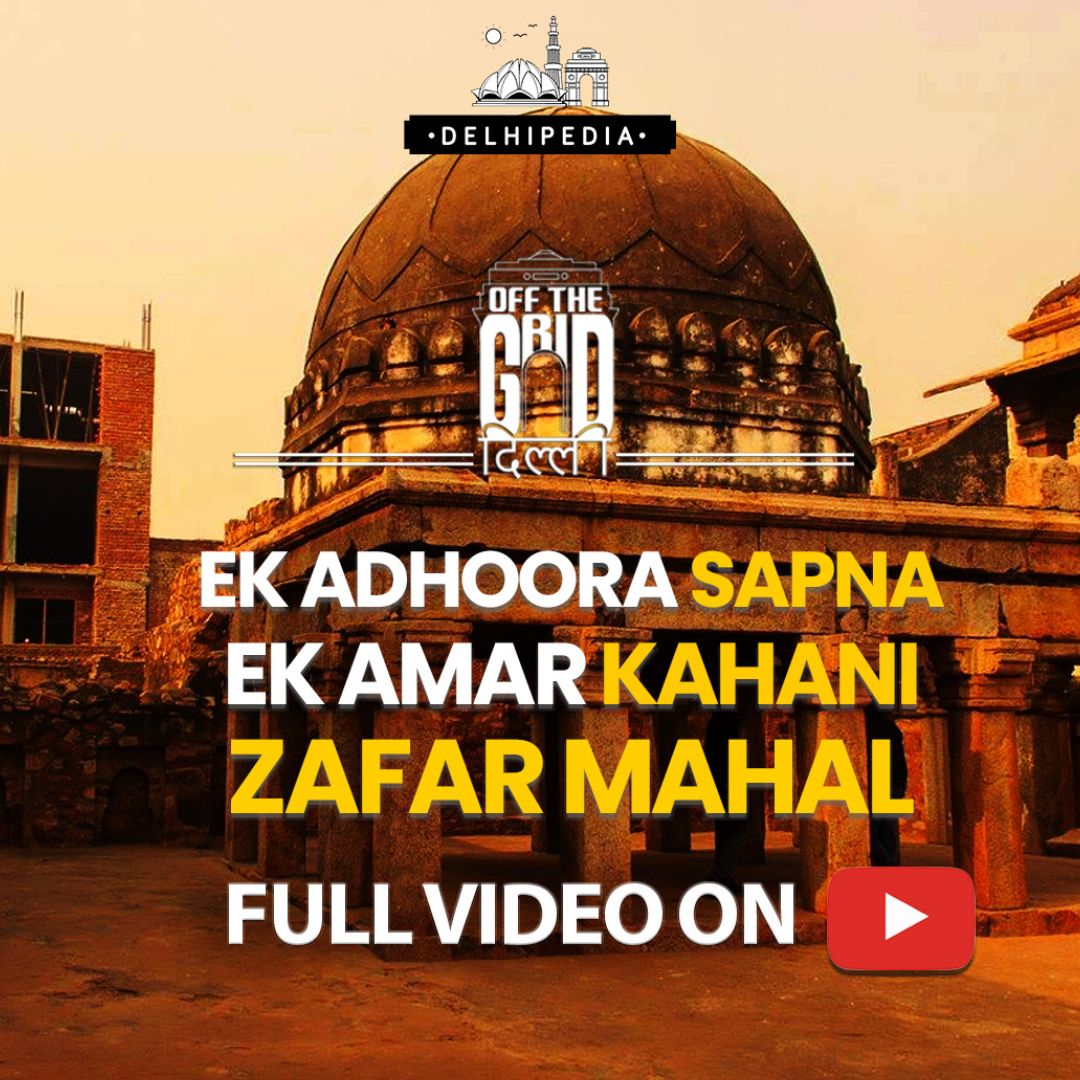This is the tomb of the second and most significant ruler of the Lodi Dynasty, Sikander Lodi. He reigned from 1489 to 1517. Sikander Lodi was the second son of the founder of the Lodi dynasty, Bahlul Lodi. He was an efficient ruler and his rule spread from Punjab to Bihar. Sikander Lodi was also the generous founder of Agra town. This monument was built by Ibrahim Lodi, who was the second son and successor of Sikander Lodi. It took almost a year and huge manpower to get completed.

The tomb is designed in an octagonal plan. Like the shish Gumbad, it seems that it is a two-storey building, whereas, in reality, it is not. This feature can be seen in most of the Lodi era monuments. The structure rests on a rectangular base. This base gave rise to three arches on every side, all these arches ultimately led to the central chamber, where Sikander Lodi was buried. The tomb has vibrant coloured tiles, these colourful glazed times, increases the beauty of the tomb manifold. On the walls, we can see some sculptures and citations in a foreign language. This makes it more pleasant and mesmerizing. An archaeological survey claims that the Sikander Lodi tomb is the first garden-tomb of the Indian subcontinent.
Photos: Instagram/ @vintage__feelz




